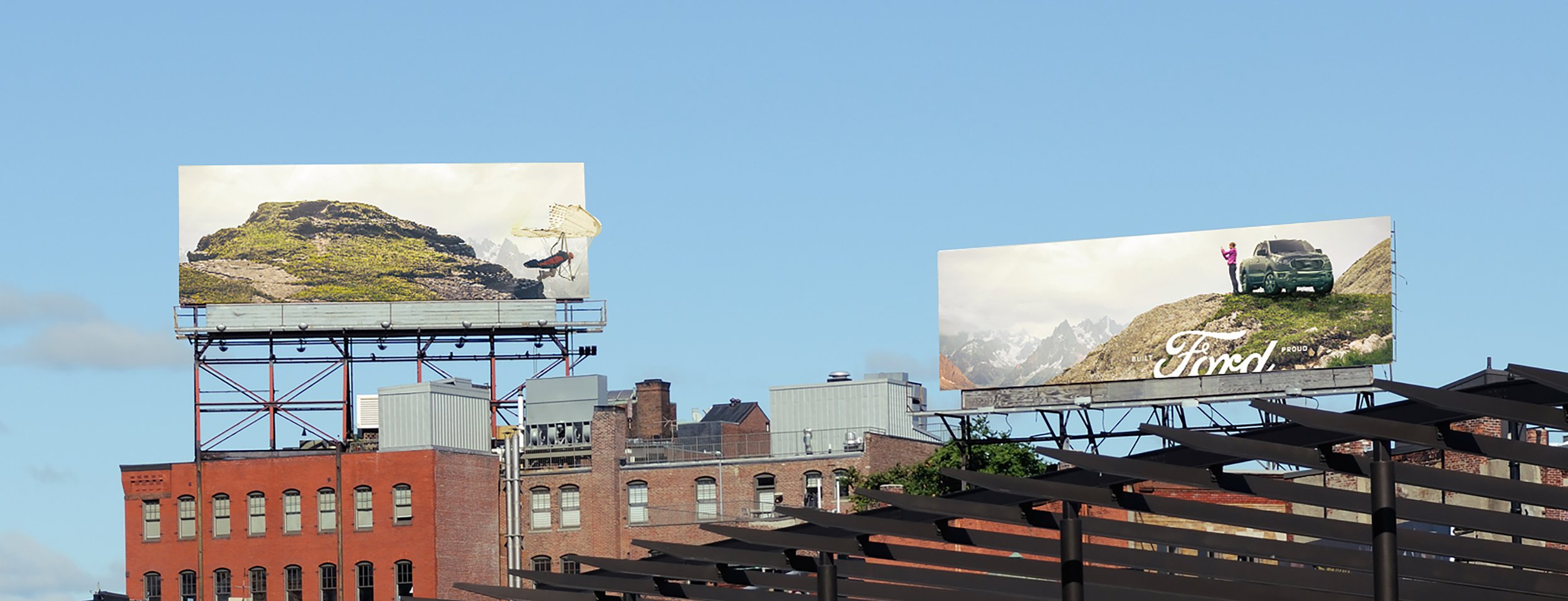Art & Advertising: Four Differences & One Similarity
Long have artists of all kinds called advertisers sellouts. And for just as long, advertisers have made a decent living—not always honestly—selling their artistic skills for commercial gain.
Artists work in advertising. Advertising folks work in art.
So, the differences, as it turns out, are not so azurite and vermillion. We’ll try to paint the picture.
1. Leonardo Padded His Pockets Via His Bankrollers
People need to get paid. Since the Mesopotamians—5,000 years ago—invented what we now know as banking and accounting, humans have given money in exchange for a product or service. Artists are no different. Leonardo had the Medici, Ludovico Sforza and Cesare Borgia. Todd and I have had Jeffers, Manifesto, and a few out of home companies—among others (we needed our linkbacks).
2. Art Is Open To Anyone’s Interpretation
Art is based on the feelings of the artist and left open to the leanings of the public, with no defined measure of success, other than demand for the art itself. Art is important. But it’s hard and seldomly recorded when it propels direct action. Art can inspire, sure, but it’s often in a more general, a more ethereal sense. And many would argue, that this is what makes art better. It remains pure, untainted by greed and the whims of people who cannot appreciate it.
3. Advertising Is A Balancing Act
Graphic Designers, Art Directors, Copywriters, Creative Directors, and Production Artists (confusing, I know) are not working on “artwork.” They’re working on campaigns—crafting tone and aesthetic. They’re thinking about how all of this transfers from one form of marketing to another, through research and strategy. Meanwhile, taking into account the client’s, the audience’s, and their company’s expectations—meeting different needs at every turn. And accommodating them as it fits into the overall campaign goals.
4. Advertising Goes To The Highest Number of Bidders
Focus groups. Love ’em. Hate ’em. They’re here for good. If an artist had to show their artwork to a group of random strangers before publishing it, some of our greatest works, might not be so great. Much is the same for advertising. Whole campaigns can live and die on the opinions of 8-10. Where art is sold at the highest bid, advertising relies on the highest turnout. Many would say, to its detriment. Nothing kills a brilliant concept, like an array of whims and fancies. In this case, art and advertising are far closer, no?
5. Advertising Is Everywhere
For better or worse ads are all over the place. And we all have our limits. Take out of home for instance—there are organizations actively trying to take down every billboard in the country. Ads are in your social media feeds. Your streaming TV. Your radio. Turn off one and face another. You will get the message. While art allows you to seek it out in most cases—there are delightful exceptions like ArtPop Street Gallery—advertising is abrasive. Aggressive even. Hammering its messages home. Again. Again. Again. But, that’s also why it works. And why it’s so damn prevalent.
We love art. And for all its flaws, we love advertising too—both for what it can be and the good it does do.
We want to be your billboard advertising experts. From creative to planning to celebration. Changing perceptions. And building awareness for what you hold dear. Let’s get up to something.





